This year will go down in the Magic record books for having some of the most-powerful Standard metas in the format’s history. In fact, many would say it was almost too powerful.
Four cards ended up having to be banned from the format over the last year and another got banned in best-of-one Standard. Still, the past 12 months have seen highs and lows for almost every kind of archetype: aggro, midrange, control, and even combo.
Here are the top MTG Standard decks from 2019.
Mono-Blue Tempo
No. 1 on our list is conveniently the first big tourney winner of 2019, Mono-Blue Tempo. Piloted by Autumn Burchett to a gold medal at Mythic Championship I in February, Mono-Blue Tempo has proven to be a stable archetype this year and has continually reinvented itself, more recently by adding secondary colors.
But the deck that started it all is the purest form of this deck. Mono-Blue from February had a clear gameplan and lots of ways to pull it off. Simply put, Mono-Blue aims to play a creature on turn one, then protect it for the rest of the game. And no card is more responsible for this strategy than a fairly unassuming Aura from Ixalan: Curious Obsession.
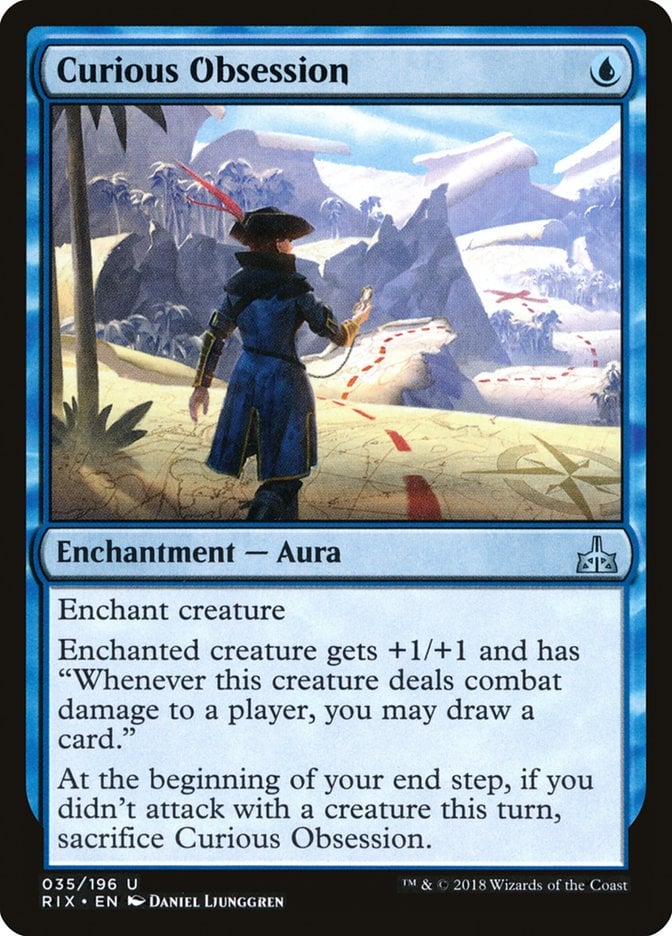
Mono-Blue had no less than three decent one-drops—Siren Stormtamer, Pteramander, and Mist-Cloaked Herald—and then a healthy suite of cheap counterspells and protection like Dive Down to keep that one creature alive. With Curious Obsession, the odds of continuing to draw at least one spell that keeps an opponent from removing your creature are pretty good.
This deck was certainly frustrating to play against because sometimes opponents failed to even resolve a single spell. Ultimately, this strategy is all about consistency, and Burchett showed that it was strong enough to go all the way.
Esper Hero
Next up is the Esper Hero midrange deck. This list, piloted by Brad Nelson to the second-place trophy at Mythic Championship III, will go down as the most memorable, complete with some of the most powerful cards in the format.
The most notable card in the list is the deck’s namesake, Hero of Precinct One. This cheap creature has the ability to pump out a ton of value in token Humans and pairs extremely well with multi-colored tempo plays.

Esper Hero was a variant of an Esper Control deck that was fairly popular earlier in the year. With creatures in the gameplan, board wipe was out, instead replaced by a suite of tempo-style removal spells aimed at triggering Hero.
The core strategy is play out Hero, then respond to everything your opponent does with multicolor spells. Some of the most powerful cards in the summer Standard season include these kinds of spells—the twin Teferis, Oath of Kaya, and Thought Erasure. Add in more value plays like Elite Guardmage and Hostage Taker, along with Command the Dreadhorde, and you’ve quickly got an unstoppable multicolored army ready to rock and roll.
Simic Nexus
Esper Hero was great, but one deck was better. Simic Nexus is a powerful combo deck that took full advantage of one of the best “take another turn” cards ever printed: Nexus of Fate.

Simic focused on two key strategies. First, players must find and cast Nexus as much as possible. Second, they can’t die before being able to loop the first part infinitely.
Simic Nexus decks excelled at generating mana and digging. The former was made possible by ramp spells like Growth Spiral and unique effects from cards like Wilderness Reclamation.
The ability to dig for cards, however, is where this deck really got made. War of the Spark Standard was a high point for dig spells, with gems like Search for Azcanta, Tamiyo, Collector of Tales, and Narset, Parter of Veils pushing this deck over the top. In the grand finals of Mythic Championship III, Matias Leveratto managed an amazing 16-card dig with this deck to pull out the first-place finish.
Bant Golos
Core Set 2020 led directly into a Standard format set rotation, meaning it was the last chance for certain cards from 2018 to shine. Wizards printed a fun “land drops matter” card to pair with Scapeshift: Field of the Dead.

Mistakes happen, but Field was a big one. After rotation, it turned out that this card was pretty strong even by itself. But paired with Golos, Tireless Pilgrim, which allows you to search your deck for Field and immediately put it onto the battlefield, it proved unstoppable.
Bant Golos combined this powerful combo with a tempo-control shell to out-value every other deck at Mythic Championship V in October. Hydroid Krasis, Teferi, Time Raveler, and Agent of Treachery soon terrorized the meta. Turns out, these cards are almost unbeatable when backed up by an ever-growing Field-powered zombie army.
It took second place against a Gruul Aggro deck meant to snipe slower Field decks. But ask any Standard player about this part of 2019 and Bant Golos will easily come to mind as the deck to beat.
Simic Food
Field’s eventual ban made way for an even more dominant deck: Simic Food. While Golos was around 40 percent of the field at MCV, Simic Food was almost 70 percent less than a month later at Mythic Championship VI. For about a month, Magic players all had one common enemy: Oko.

Oko was simply too damn good. It comes down on turn three (or two with Gilded Goose) and immediately can jump to six loyalty. It turns your opponent’s best stuff into Elks. It was flexible, powerful, and almost always took more resources to defeat than it cost.
That said, Oko wasn’t the only problem. The often-free Once Upon a Time gave this deck massive consistency, meaning Oko players often had optimal hands to play with. Veil of Summer, on the other hand, became known as the “one-mana green Cryptic Command.” In ideal circumstances, it negated your opponent’s turn and allowed you to draw a card, all for a single mana.
These three cards all got banned following MCVI, but not before placing in the top-four spots. Ondrej Straski’s deck ended up being the championship winner, but you could just pick any deck from that tournament at random—odds are, you’ll come up Oko.


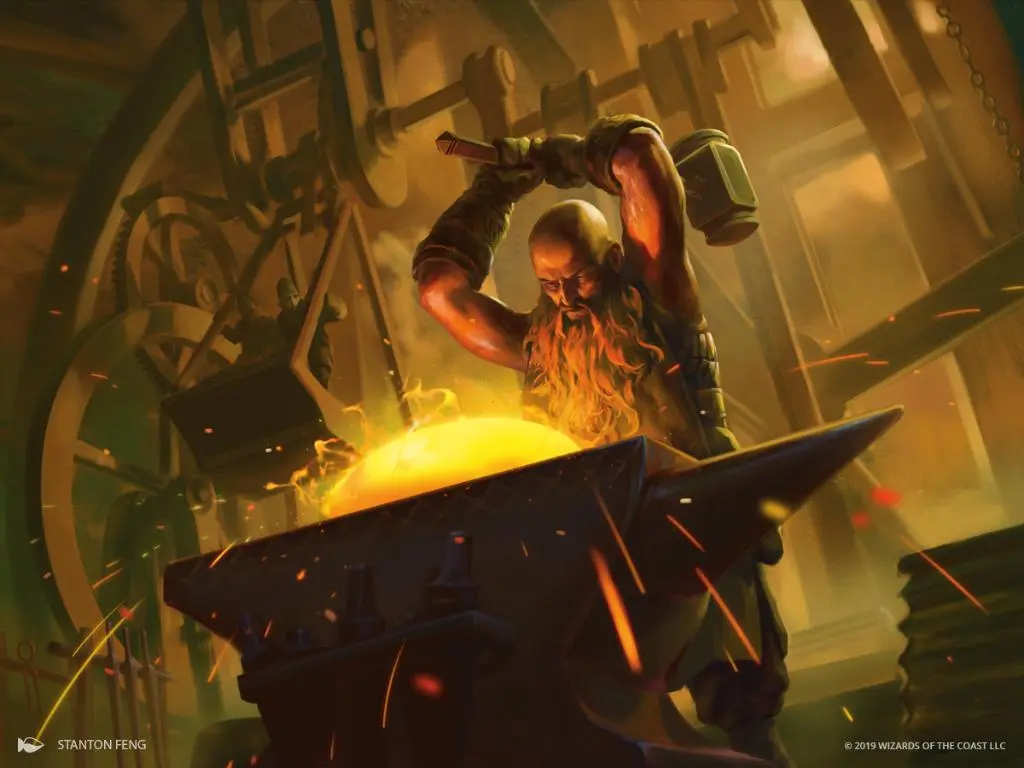
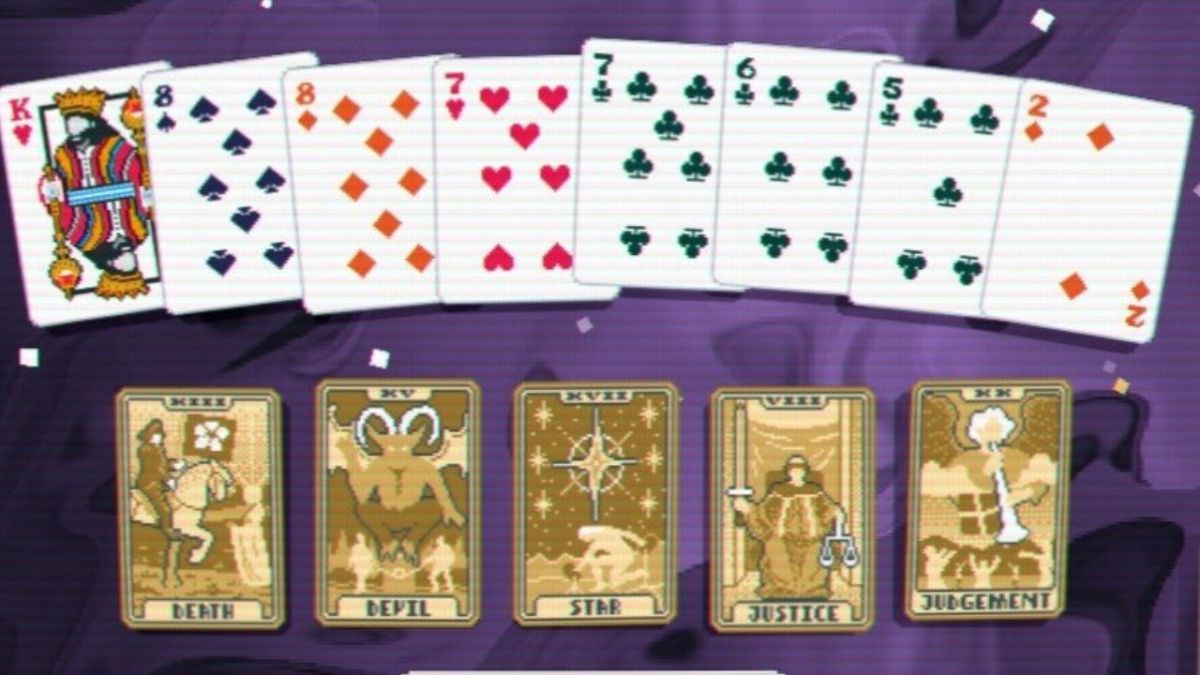
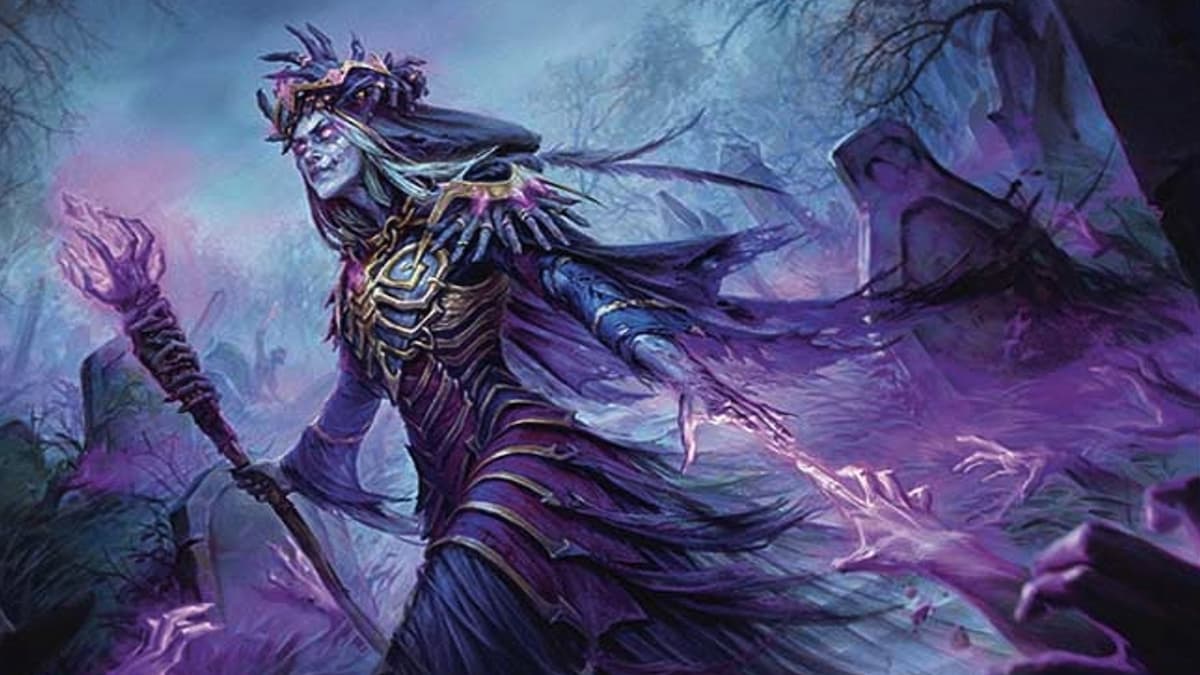
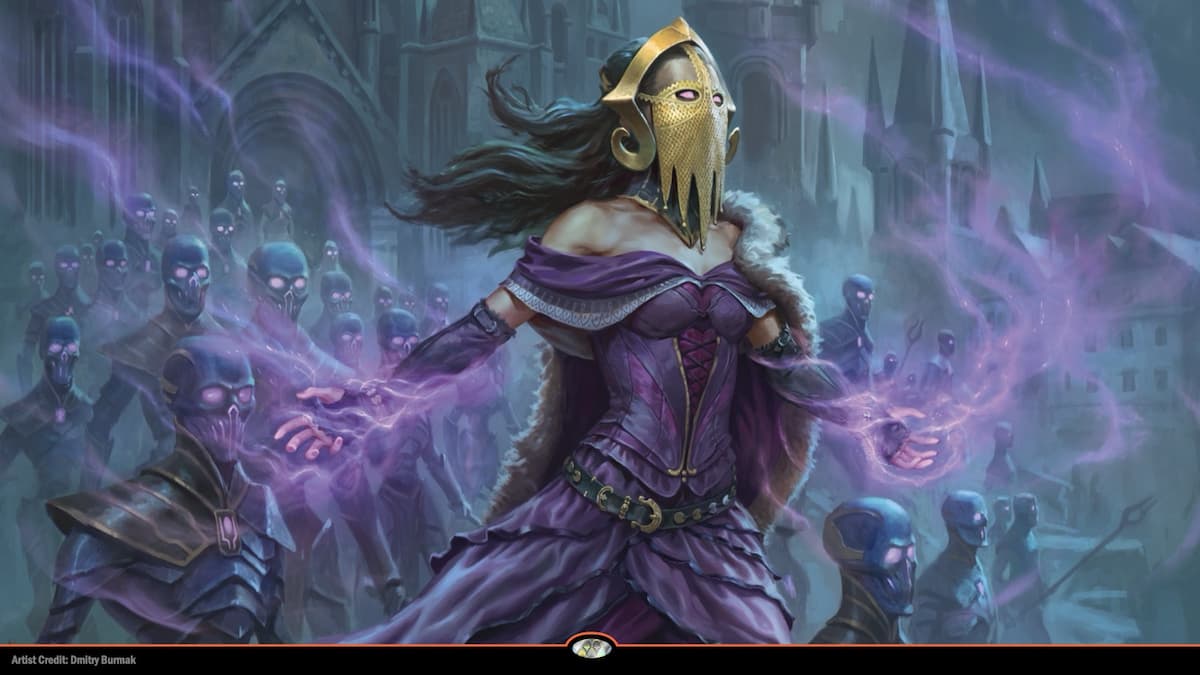
Published: Dec 27, 2019 01:55 pm